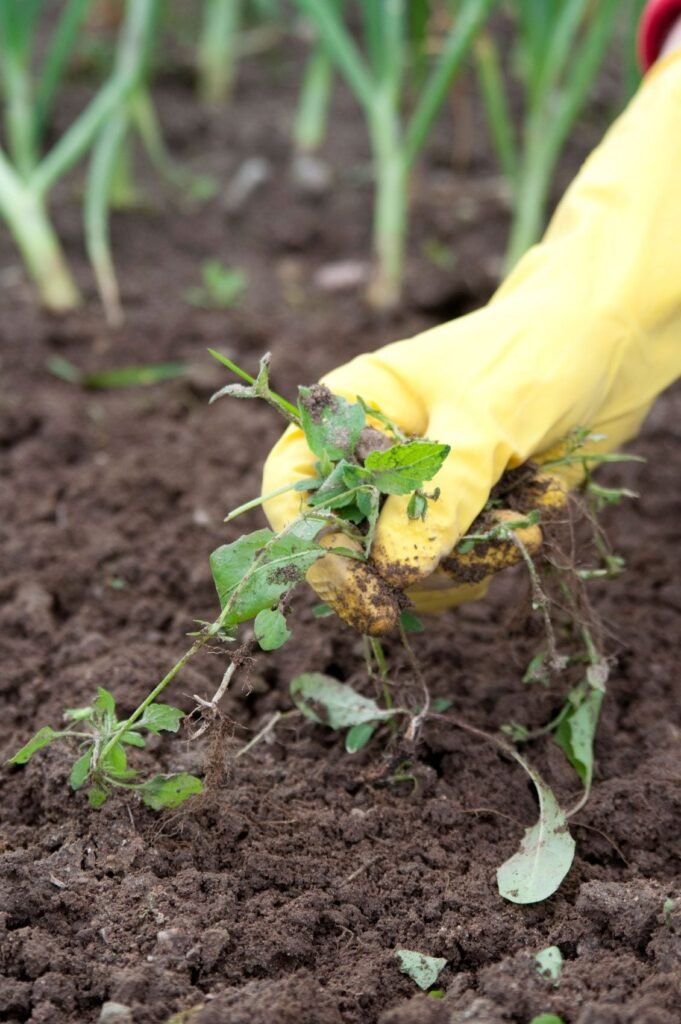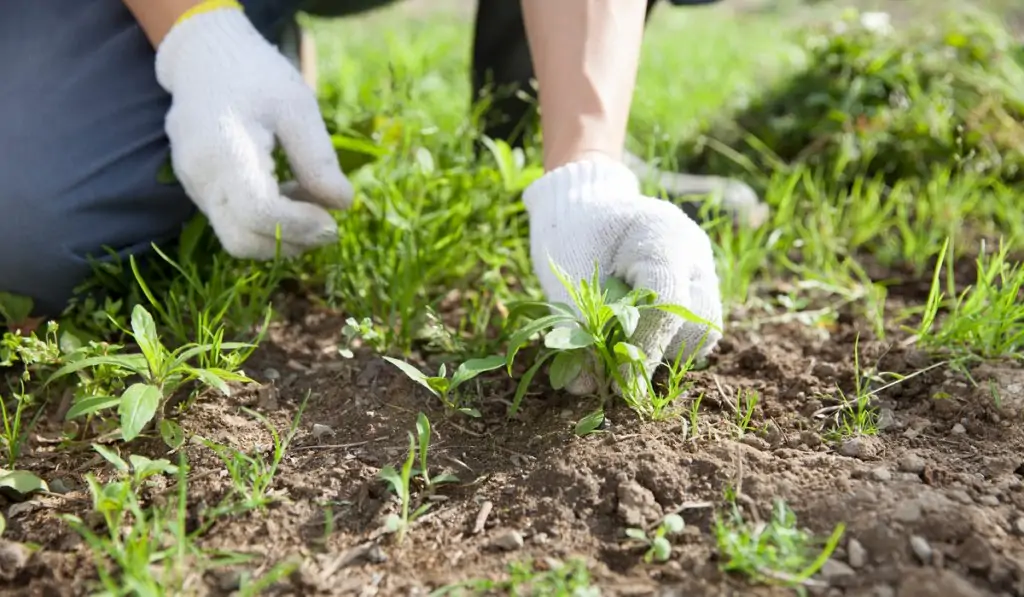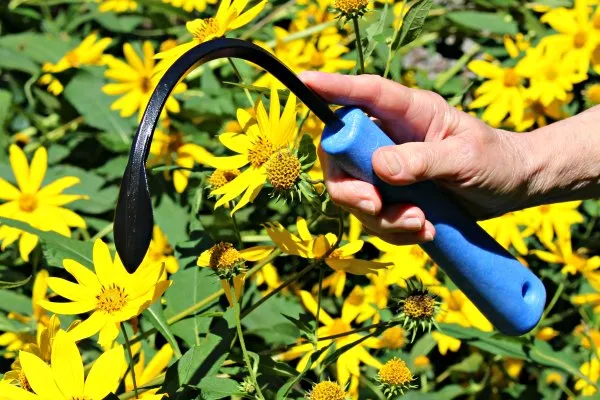Weeds are the persistent intruders of every garden. They compete with your plants for water, sunlight, and nutrients, and if left unchecked, they can quickly take over. While completely eliminating weeds is nearly impossible, with the right strategies, you can significantly reduce their presence and maintain a beautiful, productive garden. The secret lies in consistent prevention, smart maintenance, and season-by-season care.
This guide offers detailed tips and proven techniques to help you keep your garden as weed-free as possible throughout the year.
Why Controlling Weeds Matters

Weeds aren’t just unsightly—they can seriously impact your garden’s health:
- Nutrient thieves: Weeds steal nitrogen, potassium, and other essentials your plants need.
- Water competitors: They soak up moisture, leaving soil dry for desired plants.
- Shade blockers: Fast-growing weeds can overshadow seedlings and flowers.
- Pest havens: Some weeds harbor insects and plant diseases.
- Soil disruptors: Aggressive root systems can alter soil structure.
The earlier you act to prevent weeds, the less effort it takes to control them later.
Year-Round Weed Prevention Strategies
1. Mulching: Nature’s Weed Blocker
Mulch is one of the most effective defenses against weeds. By covering soil, mulch blocks sunlight and prevents weed seeds from germinating.
- Organic mulches: Straw, wood chips, shredded leaves, or compost. These enrich the soil as they decompose.
- Inorganic mulches: Landscape fabric, black plastic, or gravel. Best for long-term weed suppression in permanent beds.
Apply 2–3 inches of mulch around plants, keeping it a few inches away from stems to avoid rot. Replenish mulch as it breaks down.
2. Hand Weeding and Hoeing

Hand-pulling weeds remains one of the simplest yet most effective methods, especially when weeds are young. For larger areas, a sharp hoe is invaluable.
Tips:
- Weed after rain, when soil is soft.
- Remove the entire root to prevent regrowth.
- Carry a bucket for immediate disposal.
Consistency is key—regular short sessions are easier than tackling a jungle later.
3. Smothering Weeds with Cover Crops
Cover crops (also called green manures) not only enrich soil but also suppress weeds by outcompeting them.
Best options include:
- Clover – Adds nitrogen and shades soil.
- Ryegrass – Fast-growing weed blocker.
- Buckwheat – Great for summer suppression.
Planting cover crops in fall or between vegetable rotations keeps soil covered and less vulnerable to weed invasions.
4. Solarization for Stubborn Areas

For heavily infested soil, solarization works wonders. This technique uses heat from the sun to kill weed seeds and pathogens.
Steps:
- Moisten the soil.
- Cover with clear plastic sheeting.
- Seal edges with soil or rocks.
- Leave for 4–6 weeks during the hottest months.
By the end, the top few inches of soil will be sterilized, drastically reducing weeds.
5. Proper Plant Spacing and Dense Planting
Weeds thrive in open soil. By planting vegetables, flowers, and groundcovers closely, you create natural shade that discourages weeds. Fast-growing crops like lettuce or radishes can serve as living mulch around slower crops like tomatoes.
6. Drip Irrigation Instead of Overhead Watering
Sprinklers water everything—including weed seeds. Drip irrigation directs moisture to your plants’ roots, reducing water availability for weeds and improving efficiency.
7. Maintain Healthy Soil
Healthy soil encourages strong plant growth, which naturally outcompetes weeds. Add compost regularly, maintain good pH levels, and encourage beneficial microbes to create an environment less favorable for weeds.
Seasonal Weed Management

Spring: Prevent the First Wave
- Apply fresh mulch before weeds germinate.
- Hand-weed seedlings as soon as they appear.
- Solarize if you’re preparing new beds.
- Plant cover crops in empty spaces.
Summer: Stay Ahead of Fast Growers
- Pull weeds before they flower and set seeds.
- Hoe lightly around vegetable beds weekly.
- Keep mulch layers thick to block summer sun.
- Use drip irrigation to limit water for weeds.
Fall: Prepare for Next Year
- Remove late-season weeds to prevent seed spread.
- Sow fall cover crops (rye, clover) to suppress weeds over winter.
- Compost pulled weeds if they haven’t gone to seed.
Winter: Minimal Maintenance
- Check for perennial weeds and remove any that stay green.
- Cover bare soil with mulch or fabric to prevent early germination.
- Plan crop rotations and garden layouts for weed control in spring.
Smart Weed Control Tools

- Hand tools: Trowels, weed pullers, and hand forks for small areas.
- Hoes: Stirrup hoes and Dutch hoes are great for slicing weeds at soil level.
- Weed burners: Propane torches can be used to wilt weeds in gravel paths.
- Wheel hoes: Perfect for larger vegetable beds.
Investing in quality tools saves time and effort in the long run.
Eco-Friendly Weed Control Alternatives
Many gardeners prefer natural solutions over harsh chemicals. Here are eco-friendly options:
- Boiling water: Pours directly onto weeds in sidewalks or driveways.
- Vinegar spray: A natural herbicide, though it may need repeated applications.
- Corn gluten meal: Prevents seed germination when applied in early spring.
- Salt solutions: Effective for cracks in pavement but should be avoided in garden beds (can harm soil).
Common Weed Control Mistakes to Avoid
- Letting weeds seed: “One year seeding means seven years weeding.” Always remove weeds before they flower.
- Pulling only the top: Leaving roots behind leads to regrowth.
- Over-tilling: While tilling helps with soil prep, it can bring buried weed seeds to the surface.
- Using too much mulch: Thick mulch can suffocate plants and create pest issues.
- Relying solely on chemicals: Herbicides may provide quick relief but don’t solve long-term problems.
Long-Term Weed-Free Garden Practices
- Stay consistent: Small, frequent weeding beats occasional big efforts.
- Rotate crops: Prevents soil from being dominated by one weed type.
- Encourage groundcovers: Creeping thyme, vinca, and other low-growers naturally block weeds.
- Monitor new soil or compost: Ensure it’s weed-free before adding it to your garden.
Conclusion
Keeping your garden weed-free year-round is less about fighting weeds once they appear and more about preventing them from taking hold in the first place. Through mulching, dense planting, cover crops, soil health improvement, and consistent weeding, you can dramatically reduce weed problems. Combine these strategies with seasonal adjustments and eco-friendly practices, and you’ll spend less time battling weeds and more time enjoying a healthy, vibrant garden.
Remember, weeds are persistent but not unbeatable—with planning, consistency, and the right methods, you can maintain a flourishing, weed-free garden all year long.
